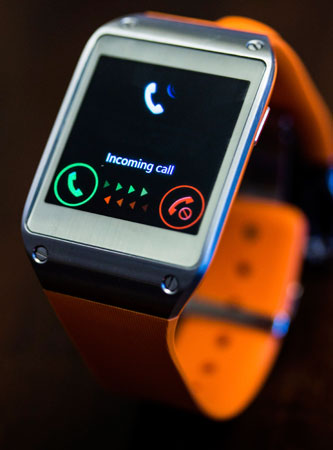••• social media research
Pinterest grows its male user base
 As reported by Re/code’s Kurt Wagner, Pinterest says the total number of men on the site doubled in 2014, and its male user base in the U.S. grew 73 percent last year. Stereotypical male categories like “Cars & Motorcycles,” “Men’s Fashion” and “Geek” more than doubled since 2013 in terms of total pins saved from other sites or repinned within the platform.
As reported by Re/code’s Kurt Wagner, Pinterest says the total number of men on the site doubled in 2014, and its male user base in the U.S. grew 73 percent last year. Stereotypical male categories like “Cars & Motorcycles,” “Men’s Fashion” and “Geek” more than doubled since 2013 in terms of total pins saved from other sites or repinned within the platform.
Pinterest doesn’t share an active user count as other social sites like Facebook and Twitter do. Instead, the company points to comScore data, which lists Pinterest’s active users at 70 million, up from 48 million in 2013.
The company says a third of all new signups last year were men, meaning that there are roughly 15 million men actively using the service worldwide. According to a Wall Street Journal article, Pinterest’s user base is still 71 percent female.
The social network is, however, trying to raise its appeal for men. It updated its search tool so that people can now filter by gender (show me pins posted by men/women). It’s also beefing up its ad game, so men should soon see more targeted and relevant ads on the service moving forward.
So why does Pinterest care so much about male users? In a word: growth. If the site is viewed as female-only, it has alienated roughly half of its potential user base. Pinterest is looking to increase its ad load, and that requires more users to advertise to. “We have a vision to be a discovery engine,” a company spokesperson told Re/code. “While Pinterest got its start among lifestyle categories in the U.S., it’s grown to reach all types of demographics, especially as it grows outside of the U.S.”
••• technology research
Millennials making time for smartwatches
 There is robust interest among Millennials in purchasing a smartwatch, according to Multi-sponsor Surveys Inc., Princeton, N.J. Almost four in 10 (36 percent) Millennials express some interest in buying a smartwatch in the next 12 months and 13 percent express strong interest. Interest drops successively among each age cohort, down to a low of 7 percent interest among the oldest age group – matures (age 65+).
There is robust interest among Millennials in purchasing a smartwatch, according to Multi-sponsor Surveys Inc., Princeton, N.J. Almost four in 10 (36 percent) Millennials express some interest in buying a smartwatch in the next 12 months and 13 percent express strong interest. Interest drops successively among each age cohort, down to a low of 7 percent interest among the oldest age group – matures (age 65+).
Purchase interest is also far higher among minority groups, such as Hispanics and African-Americans, and among adults who currently wear a watch, as might be expected. These findings are part of Multi-sponsor’s 2014 Watch Brand Index Tracking Study.
While Millennials express the most interest in buying a smartwatch, the majority of adults, across all age groups, are aware of the new wearable technology. Knowing something about them is a different matter, how-ever. Again, Millennials are the most knowledgeable about smartwatches, having gleaned information from advertising, seeing them in stores, knowing someone who owns one or from doing their own research. Millennials are also much more aware of brands of these new “computerized wristwatches” than older adults.
